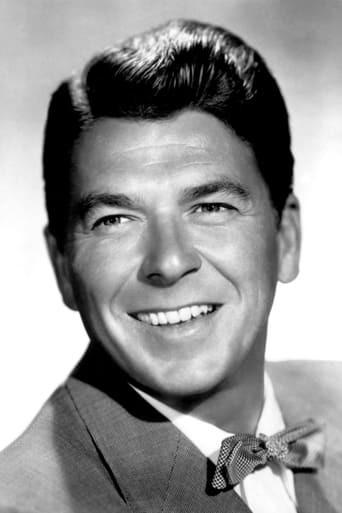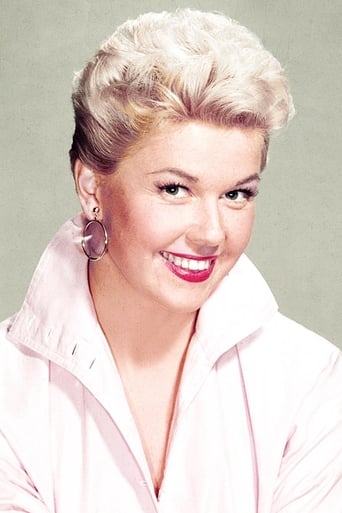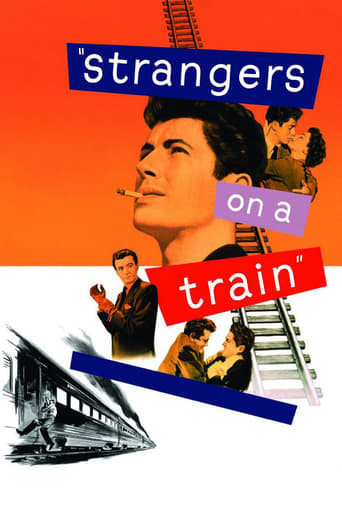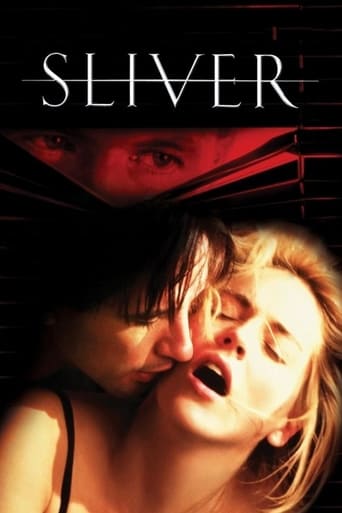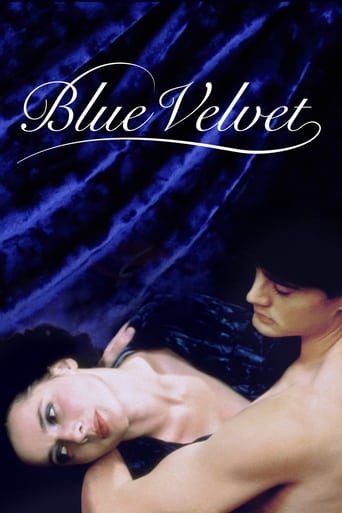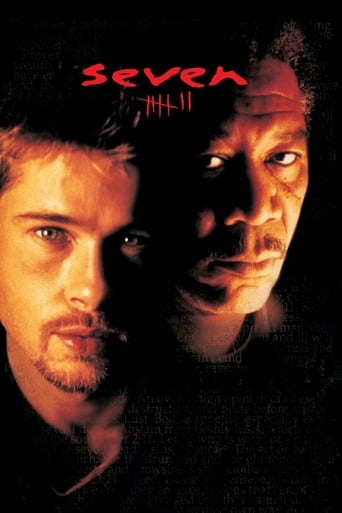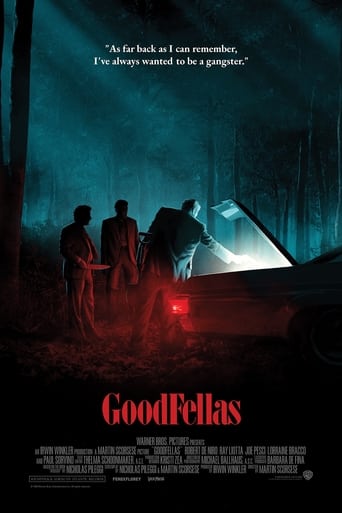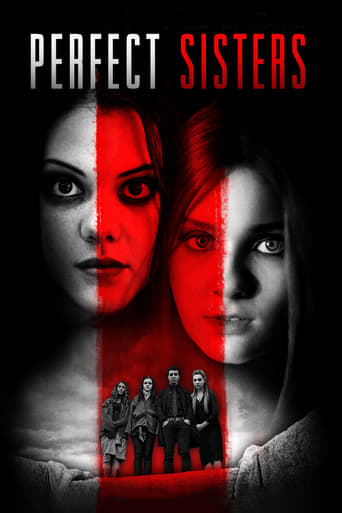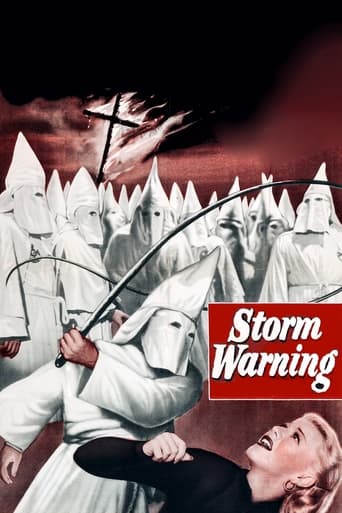
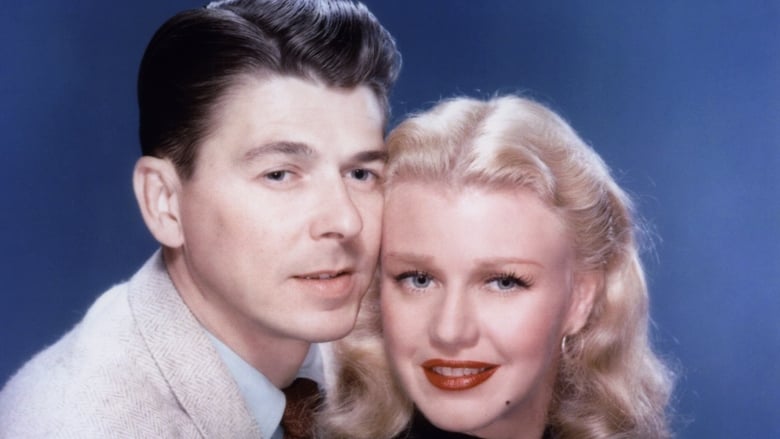
Storm Warning (1951)
A fashion model (Rogers) witnesses the brutal assassination of an investigative journalist by the Ku Klux Klan while traveling to a small town to visit her sister (Day).
Watch Trailer
Cast


Similar titles
Reviews
Copyright 16 January 1951 (in notice: 1950) by Warner Bros Pictures, Inc. New York opening at the Strand: 2 March 1951. U.S. release: 10 February 1951. U.K. release: 23 July 1951. Australian release: 6 June 1952 (sic). 8,365 feet. 93 minutes. Censored to 8,029 feet in the U.K.SYNOPSIS: Marsha Mitchell arrives in a Southern town to visit her married sister, Lucy. The stores are closed and the streets are dark and deserted. As she passes the jail, a man is dragged out by a mob wearing Ku Klux Klan robes and is shot. COMMENT: At the time we didn't think Heisler got as much out of this scenario or that the camera-work was as dramatically effective as it might have been, but it stands up rather well, with its solid performances and photography, plus good use of natural locations.Though "Storm Warning" lacks the brimstone of a Warners 30's social expose, it still has some of the fire. We also have some effective support cameos, particularly Paul Burns and Ned Glass. Doris Day is convincing. Cochran is appropriately cast. Miss Rogers is credible.OTHER VIEWS: A somber but stirring and thought-provoking story. — Hollywood Reporter.Storm Warning is rip-roaring, spine-tingling film fare. — Variety.Surprise of the occasion is the successful casting of the singer Doris Day in a straight role that calls for considerable dramatic assurance. — Newsweek.
For those who feel the film wasn't ardent enough in its attack on the Klan, I wanted to point out that in the early 50s the hot button issue of the day was organized crime and the mafia. Many, if not most, Americans at that time shared racist and anti-semitic attitudes, and attacking the Klan on those grounds would not have had the effect it would have now. By positioning the Klan as an organized criminal gang,the filmmakers denied the Klan their ideological purity and their claim to 'cleaning up' communities. For those who protested the lack of Southern dialect in the film, you need to know the Klan was not uniquely Southern: it originated in Indiana and flourished up North as well. To this day white supremacist organizations are based in the North, and the two most segregated cities in the U.S. are Detroit and Chicago. Not limiting actors to a Southern dialect widens the perception of the problem. I'm not a Southerner, but I do think we need to be fair about this.
Model Ginger Rogers arrives in the small Sothrin town of Rockpoint from New York on a bus. She's going to visit her sister for the first time in years. The bus departs and Rogers finds herself alone in an unfriendly, night-time town that's filled with ominous shadows. She witnesses a brawl a block away. A dozen men in white pointed hoods are beating a man. She scurries into a dark nook and watches the man get shot twice. Some of the killers remove their hoods and she sees their faces, although they don't know she's there.She arrives shaken at his sister's house, Doris Day, and describes what she saw. Then Day's husband, Steve Cochran, walks in and she recognizes him as one of the men standing around the dead body. The beans are soon spilled.So here's the situation. A sophisticated woman visits her younger sister in a Southern town and is confronted by the brutal husband in a shabby flat. It's A Streetcar Named Desire, transfigured into a melodrama with overtones of social messaging.The social message is that the Ku Klux Klan isn't an admirable outfit. No blacks ever show up on screen but the murdered man is repeatedly described as a reporter from a Northern newspaper, down here just to cause trouble, and why don't they leave us folks alone? Ronald Reagan is stuck in the stock part of the upright District Attorney who can't get the local people to cooperate in the prosecution of these periodic murders. The natives agree with the Klan, are afraid to get involved, or don't care.It may be hard for younger viewers to see this as anything other than a fantasy, unless they've lived during the Civil Rights era when such things happened. (They happened for the next twenty years.) A lot of powerful symbols are flickering away on the screen but, lamentably, it's not a very good movie. The writing is clumsy and full of speeches. The behavior of some of the principles is idiotic. Why would Ginger Rogers, knowing that Cochran is a vicious murderer, shout at him so provocatively and tell him she's on her way to the DA to squeal on him? The photography is poor. The story isn't noir but the photography certainly is. There are about ten minutes of daylight. The direction by Stuart Heisler is pedestrian but there is an occasional nice touch, as when one of the Klansmen at a burning cross hoists his white-hooded child to his shoulder so he can see the ritual more clearly. The script preaches, and I've never liked being preached at because sermons seem to me to say, "You are stupid and I am trying to instruct you." I had all the scolding I could take during my marriage.
A crackling good melodrama from the socially conscious studio of record, Warner Bros.Director Heisler really knows his way around crowds. The boisterous scenes in the bowling alley and liquor lounge are electric with vitality and look nothing like a bunch of Hollywood extras. At the same time, Jerry Wald was a major producer at Warner's and I expect it was he who made sure the small town ambiance is as authentic as it is. There are elements here that suggest a project somewhere between A and B levels of production.Catch those earmarks of noir in just the first few minutes—the all-night bus, the train whistle, the dampened streets, and the lonely diner. Right away a menacing universe is defined for us. But oddly, this is a KKK film that never once mentions race and shows, by my count, only one black person. Odd for a drama, which by implication takes place in the deep South. My guess is that the writers Brooks and Fuchs wanted to show that the Klan is not only a menace to Blacks, but Whites, as well.It's a fairly plausible script, though how a DA (Reagan) could get elected with such out- spoken anti-Klan views remains a stretch. What really works, in my book, is the chemistry between the sisters (Day & Rogers). Not only do they look alike, but there's genuine warmth between them. Thus, it's no stretch to think that Marsha (Rogers) would do nothing to jeopardize Lucy's (Day) happiness. And how visually right Cochran is for his part as the blue-collar Romeo, though his sniveling seems overdone at times.I really like the way the screenplay embeds the Klan in the very fabric of the town. These are not ordinary hoodlums despite their violent activities, and a bolder script would have shown more fully what the attraction of the Klan was for these townsfolk (there's one loaded mention of making sure women can walk safely down the street). There were a number of these racially charged dramas during this period—No Way Out (1950), The Well (1951), Lost Boundaries (1949)—and all are strong dramas, including this one. However, the McCarthy purges soon put an end to social problem films for the remainder of the decade, and now they await rediscovery by fresh generations. This is one of them.



